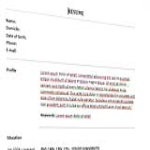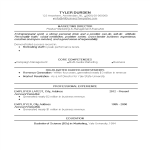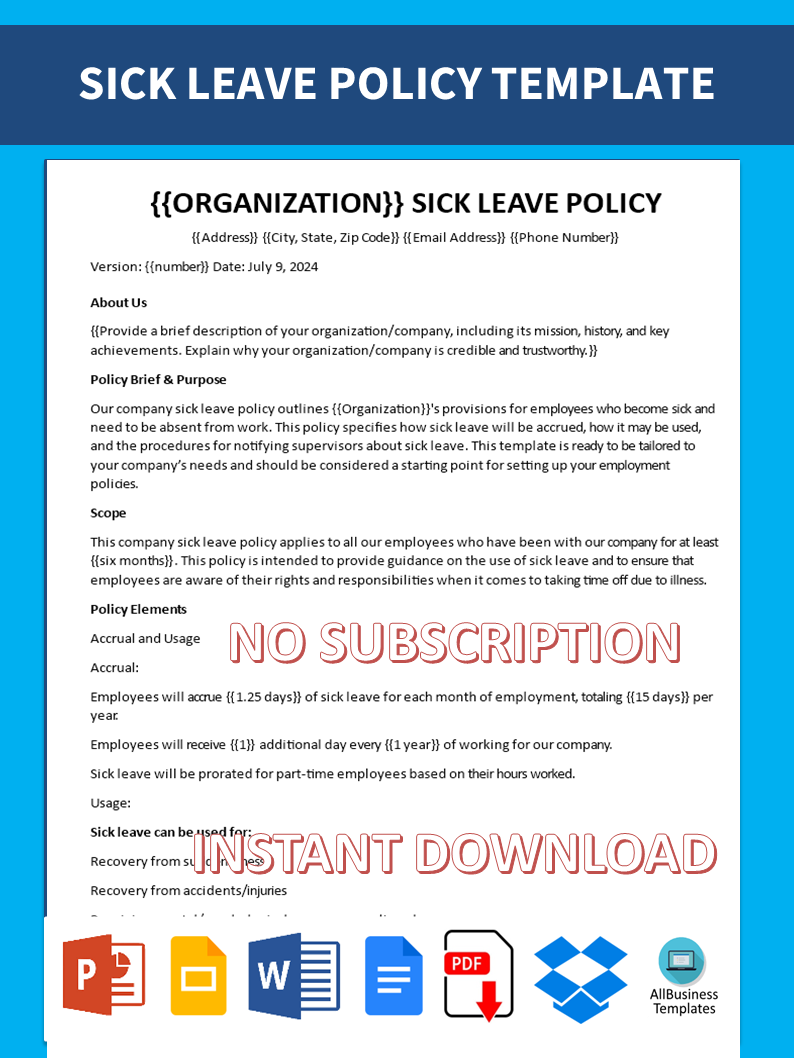Sick Leave Policy
Save, fill-In The Blanks, Print, Done!

Download Sick Leave Policy
Microsoft Word (.docx)Or select the format you want and we convert it for you for free:
- This Document Has Been Certified by a Professional
- 100% customizable
- This is a digital download (32.75 kB)
- Language: English
- We recommend downloading this file onto your computer.
How to create a professional Sick Leave Policy for an organization?
This Company Sick Leave Policy template is ready to be customized to fit your organization's specific needs. Download it in Google Docs or Word DOCX format and implement it to ensure a clear, consistent, and fair approach to managing sick leave.
What is a Sickness Policy?
A sickness policy outlines the procedures and guidelines for employees who are unable to attend work due to illness. It provides clarity on how sickness absences should be reported, the documentation required, and the support available to employees during their absence. A well-drafted and managed sickness policy is crucial for modern businesses. It ensures the well-being of employees, smooth business operations, and legal compliance. This Company Sick Leave Policy template is ready to be customized to fit your organization's specific needs.
This type of policy ensures that both employers and employees understand their rights and responsibilities when it comes to sickness absence. It should cover aspects like sick pay, notification procedures, and return-to-work processes. A well-drafted and monitored sickness policy template can help manage and reduce absences, ensuring that businesses can operate smoothly even when employees are unwell.
Why is having a Sickness Policy Important?
Employee Wellbeing:
A clear sickness policy shows employees that their well-being is a priority. It ensures that they have the necessary support and are not pressured to work when unwell.
Operational Consistency:
It helps employers manage absences effectively, ensuring that work is redistributed and operations continue smoothly.
Legal Compliance:
In many jurisdictions, employers are legally required to provide certain benefits to sick employees. A sickness policy ensures you can evidence compliance with these regulations.
When Should You Use a Sickness Policy?
Having a sickness policy in place is one thing, but knowing when and how to implement it is another. During the new employee onboarding, it's essential to introduce the sickness policy to make sure new hires understand their rights and responsibilities.
It's also important to regularly review and update the sickness policy during annual reviews to maintain its relevance and ensure compliance with any legal modifications. Equally, when an employee reports being sick, it's advisable to consult the policy to handle the situation in the most effective manner.
Who Should Draft and Manage the Sickness Policy?
Typically, the HR department, in consultation with legal counsel, drafts and manages the sickness policy. However, input from team leaders and managers can also be invaluable, as they often have firsthand experience with managing sickness absences.
Key Elements of a Sickness Policy
Below are some of the key aspects needed in a sickness policy:
Notification Procedure:
Outline how and when employees should notify their supervisor of their absence.
Accurate Documentation:
Specify if medical certificates or other documentation are required and when.
Sick Pay:
Detail the company's sick pay policy, including any statutory sick pay entitlements.
Return-to-Work:
Describe the process for returning to work, including any return-to-work interviews or phased returns.
Support and Adjustments:
Highlight any support available to employees, such as counseling or workplace adjustments.
Long-Term Sickness:
Address procedures for managing long-term sickness and potential interventions.
Disciplinary Procedures:
Clarify the consequences of not following the sickness policy or if there's suspicion of misuse.
Covering these essential points creates a safe environment for employees and their employers to discuss sickness openly.
Challenges in Managing Sickness Policies
Consistency: Ensuring that the policy is applied consistently across the organization can be challenging, especially in large companies.
Automating your HR documents
HR documents like employment contracts, amendments, stock option grants, NDAs, and termination agreements can be cumbersome for HR teams to manage, particularly as the business grows.
Modern businesses often choose to automate these documents from templates, using an AI-enabled contract automation solution like AllBusinessTemplates.com. By handling routine paperwork this way, people and talent teams free up time that could be better spent on landing great candidates and implementing new procedures.
Policy Brief & Purpose
Our company sick leave policy outlines {{Organization}}'s provisions for employees who become sick and need to be absent from work. This policy specifies how sick leave will be accrued, how it may be used, and the procedures for notifying supervisors about sick leave. This template is ready to be tailored to your company’s needs and should be considered a starting point for setting up your employment policies.
Scope
This company sick leave policy applies to all our employees who have been with our company for at least [six months]. This policy is intended to provide guidance on the use of sick leave and to ensure that employees are aware of their rights and responsibilities when it comes to taking time off due to illness.
Policy Elements
- Accrual and Usage
- Employees will accrue [1.25 days] of sick leave for each month of employment, totaling [15 days] per year.
- Employees will receive [1] additional day every [1 year] of working for our company.
- Sick leave will be prorated for part-time employees based on their hours worked.
- Usage:
Sick leave can be used for:
- Recovery from sudden illness
- Recovery from accidents/injuries
- Receiving mental/psychological care or counseling when necessary
- Caring for an immediate family member (spouse, child, or parent) who is ill or injured
- Unused Sick Leave Policy
- Employees can accumulate unused sick leave up to a maximum of [60 days].
- Unused sick leave may be converted to additional retirement benefits, as per company policy and legal guidelines.
Ensuring that the policy is applied consistently across the organization can be challenging, especially in large companies. Upon termination, unused sick leave will not be paid out, unless required by law.
Clear guidelines and training can help in maintaining uniformity in policy enforcement. For more information, check out our example Sick Leave Policy.
Download this HR Sick Leave Policy template here!
DISCLAIMER
Nothing on this site shall be considered legal advice and no attorney-client relationship is established.
Leave a Reply. If you have any questions or remarks, feel free to post them below.
Related templates
Latest templates
Latest topics
- Excel Templates
Where do I find templates for Excel? How do I create a template in Excel? Check these editable and printable Excel Templates and download them directly! - GDPR Compliance Templates
What do you need to become GDPR compliant? Are you looking for useful GDPR document templates to make you compliant? All these compliance documents will be available to download instantly... - Google Docs Templates
How to create documents in Google Docs? We provide Google Docs compatible template and these are the reasons why it's useful to work with Google Docs... - IT Security Standards Kit
What are IT Security Standards? Check out our collection of this newly updated IT Security Kit Standard templates, including policies, controls, processes, checklists, procedures and other documents. - Letter Format
How to format a letter? Here is a brief overview of common letter formats and templates in USA and UK and get inspirited immediately!
cheese




